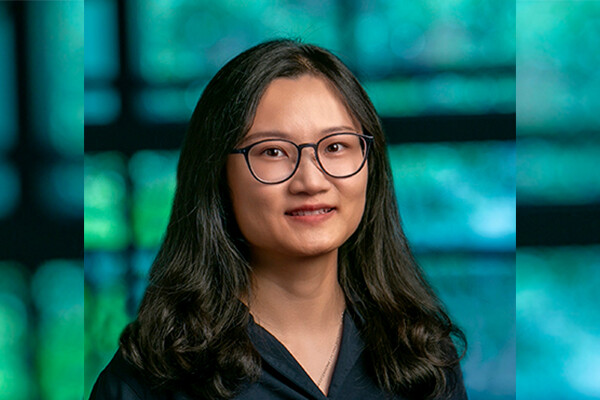
Yihui Shen is the J. Peter and Geri Skirkanich Assistant Professor of Innovation in Bioengineering in the School of Engineering and Applied Science.
(Image: Courtesy of Penn Engineering Today)

Yihui Shen is the J. Peter and Geri Skirkanich Assistant Professor of Innovation in Bioengineering in the School of Engineering and Applied Science.
(Image: Courtesy of Penn Engineering Today)
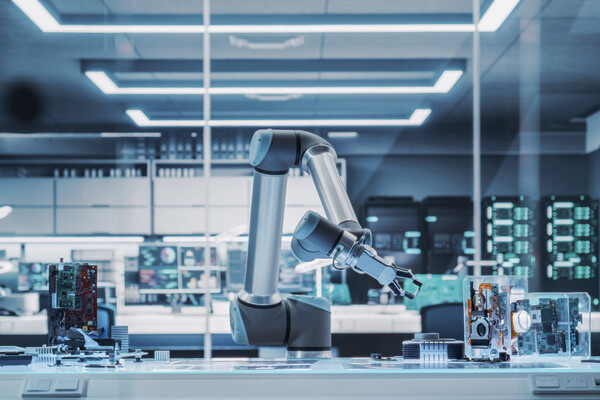
Image: iStock/gorodenkoff

Image: iStock/zubada
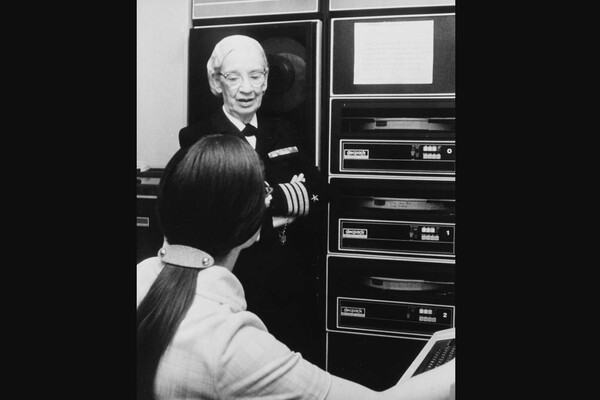
Grace Hopper, then head of the Navy Programming Language Section of the Office of the Chief of Naval Operations, discusses a phase of her work with a staff member in August 1976.
(Image: U.S. Navy photo by PH2 David C. MacLean)
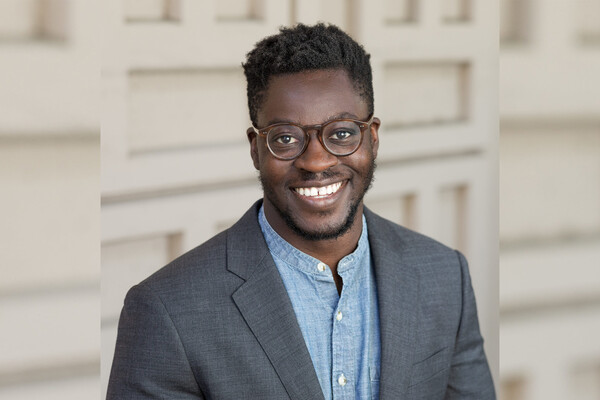
Image: Courtesy of Penn Engineering

Sherry (Xue) Gao, Presidental Penn Compact Associate Professor in Bioengineering.
(Image: Courtesy of Penn Engineering Today)
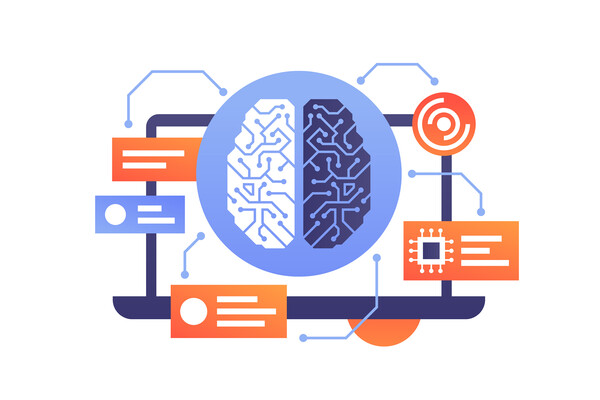
Image: iStock/jossnatu
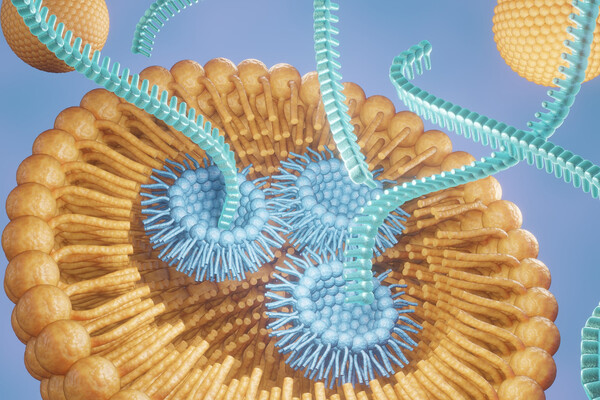
Image: iStock/Love Employee
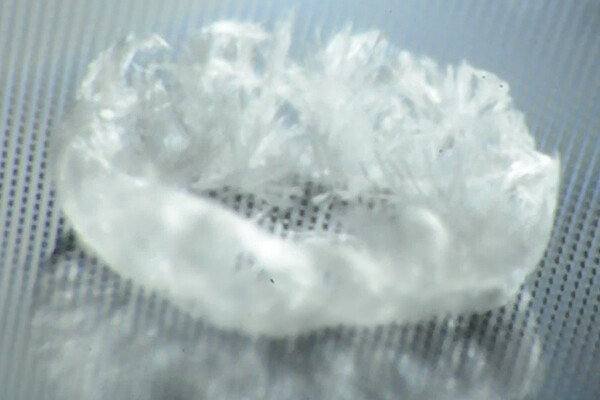
Crystalline coffee ring deposited on superhydrophobic post surface.
(Image: Courtesy of the McBride Lab)
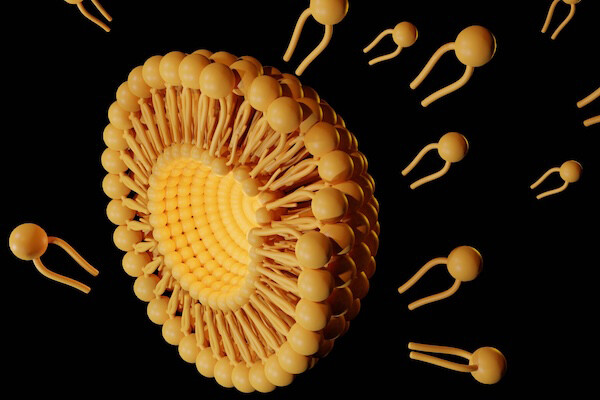
Like space shuttles using booster rockets to breach the atmosphere, lipid nanoparticles equipped with the new molecule more successfully deliver medicinal payloads.
(Image: Courtesy of Penn Engineering)